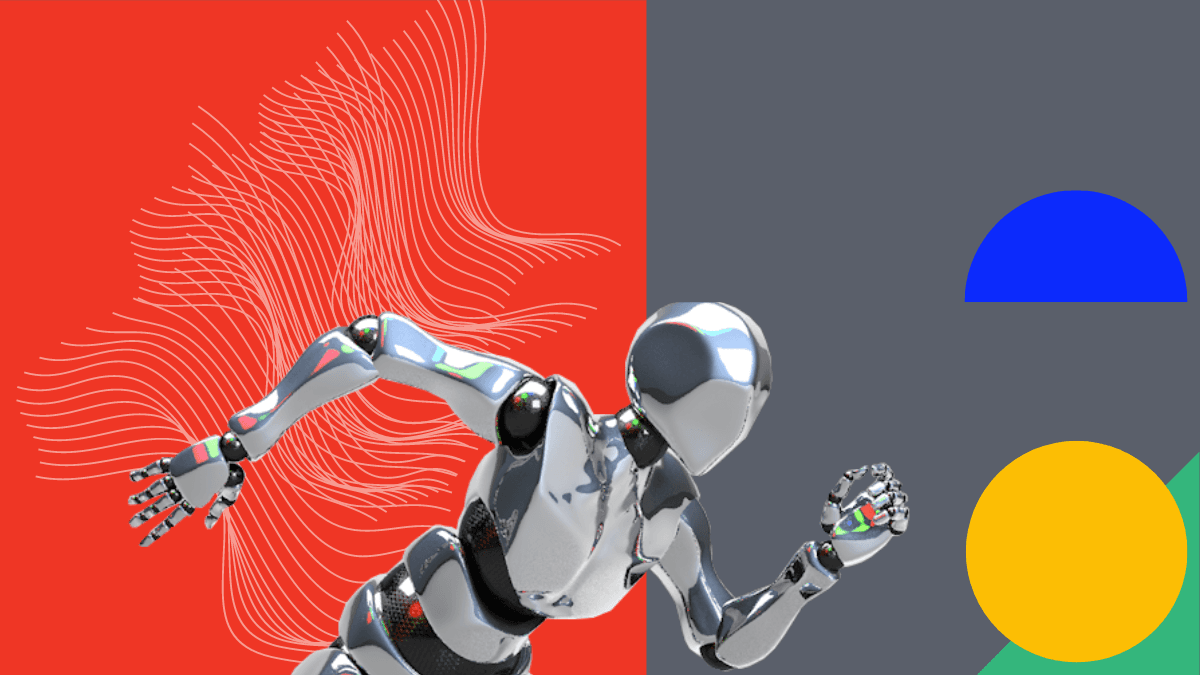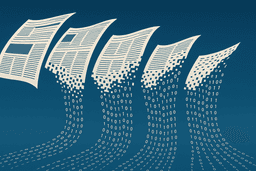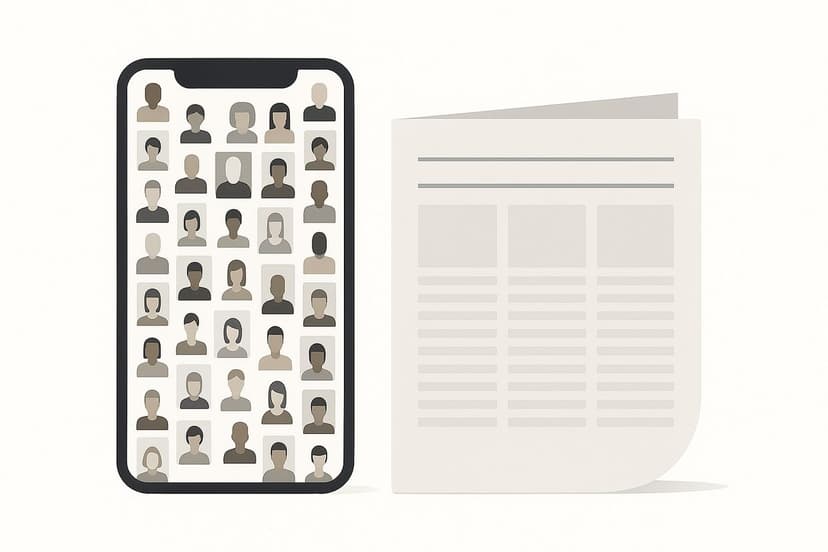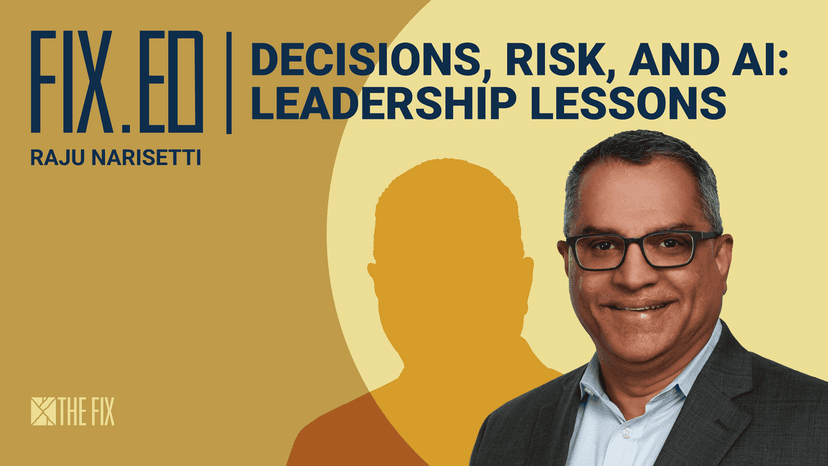
What AI image generators can do for newsrooms
The AI revolution in journalism is not just about text generation, but also creating new visuals via automatic image generation
The Fix Newsletter
Everything you need to know about European media market every week in your inbox
15 articles • 0 Followers








